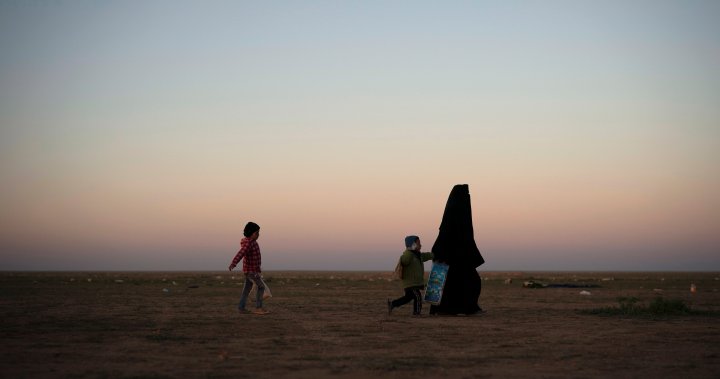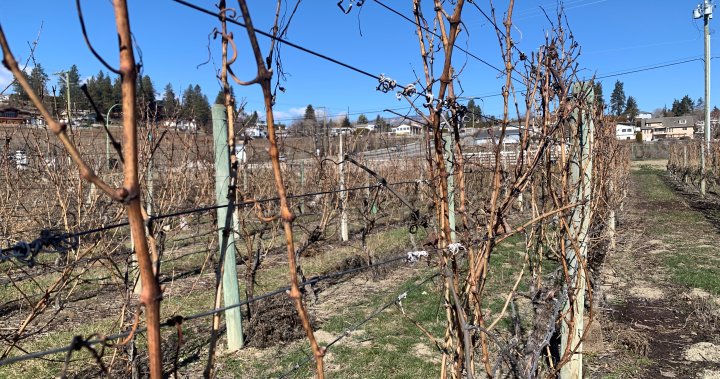It’s been more than a century, but the grave of a Manitoba soldier killed in action during the First World War has been identified.
Cpl. William Benjamin Cunningham, born near Hayfield, Man., was killed in the Battle of Passchendaele on Oct. 27, 1917, at 21 years old.
He was buried in Belgium’s Tyne Cot Cemetery, along with more than 11,000 other Commonwealth servicemen, but until recently, information about his grave was vague, listed only as “A Corporal of the Great War — 44th Battalion, Canadian Infantry.”
After years of what Department of National Defence historian Renée Davis calls “historical sleuthing,” Cunningham was finally identified, and his grave is set for a headstone rededication ceremony.
Davis told 680 CJOB’s The News that it’s unknown why he wasn’t fully identified back in 1917, but independent researchers submitted information that eventually led to the discovery.

Get breaking National news
For news impacting Canada and around the world, sign up for breaking news alerts delivered directly to you when they happen.
“These cases are often brought forward by external researchers,” she said. ‘It’s individuals who are walking through the cemeteries in France and Belgium and all around the world, who notice these headstones that have little clues on them about who that person could be.”
“We refer to them as partial identifiers. And then they start doing some digging and if they think they may have been able to identify this person, they usually submit a research report to the Commonwealth War Graves Commission, which cares for the cemeteries.”
That submission, Davis said, triggered extensive research through historical records, including service records and war diaries, until Cunningham was identified as the likely occupant of Grave 18, Row D, Plot 40.
Last year, Cunningham’s identification was approved by the Casualty Identification Review Board, comprised of experts from the Commonwealth War Graves Commission, Canada’s Directorate of History and Heritage, and the Canadian Museum of History.
Davis said that although the quality of records varies depending on the year, Canada has kept remarkably good historical data about its soldiers in both the First and Second World Wars, which makes a successful identification that much more likely, with enough digging.
“When we get a case that ultimately gets passed by that review board … and we have a successful identification, it’s a huge sense of accomplishment knowing that we’re able to get that person the commemoration they deserve,” she said.
“The much bigger emotional impact I often feel is the first time I see the picture of the headstone with his name on it. Along with the name, the next of kin — the family — is notified, and they get to choose an epitaph that goes onto that headstone.
“That personal message from the family is what I usually find the most emotional moment.”
© 2024 Global News, a division of Corus Entertainment Inc.




